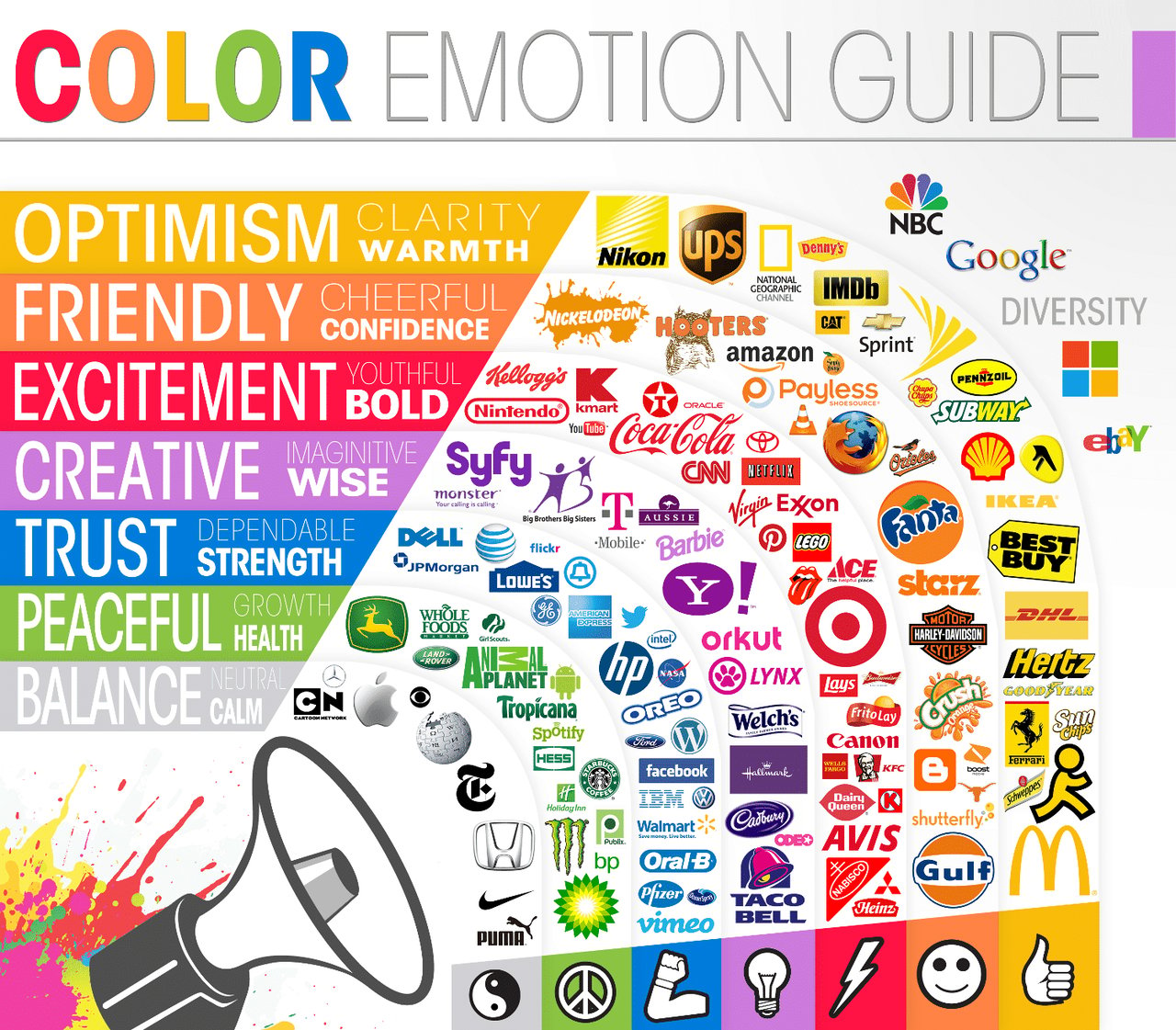Colors are so basic in our everyday lives. They exist so intrinsically in our minds that we glaze over their beauty, meanings, and associations without a second thought. Did you ever stop to ask yourself why you are drawn to your favorite color?
We naturally and subconsciously associate emotions with different colors, so it makes sense that your brand colors can influence your audience's perception of your brand.
Color is an important part of marketing, but there's minimal data to back up our perception of what each color means. Perhaps that’s because there are so many variables to interpreting color. Our personal preference, how we were raised, our life experiences, and even our cultural differences play a part in how colors make us feel.
There are, however, some meanings and emotions that colors evoke more universally. It's the reason you probably felt happy when you saw the yellow-driven photo above.
Over time, marketers have tried to discover what emotions are associated with individual colors. They've used those colors in branding — especially in logos — to give certain impressions about the companies they represent. Let's take a look at what some of the most common colors mean.
The emotions of colors
 Credit: The Logo Company
Credit: The Logo Company
In the color emotion guide above, you can see which brands fall into general color categories, and the feelings they can evoke. Blue, for example, is seen as trustworthy and strong, while red conveys excitement and youthfulness. The connotations of each color depend on the brand's industry, but this is a good primer on the psychology of color.
According to HelpScout, "researchers found that [depending on the product] up to 90% of snap judgments made about products can be based on color alone." Those snap judgements are based on cultural and personal associations with that color.
But consumers are also assessing whether the product is correctly associated with the way the color makes them feel. Can you imagine if the Harley Davidson logo was pink? It might not make consumers feel as rugged and cool, and lead them to purchase another brand’s motorcycle.
Studies show that how a brand is perceived is directly related to purchasing behavior.
How to use color psychology to your advantage
That being said, it's important to know and research what your competitors are doing. Studying their branding will show you what's worked for others in your industry and what mistakes they've made. Learning from and improving upon what others are doing can help you set your brand apart.
Clearly defining your brand's personality, and then finding the best colors to convey that personality, will lead to your branding success. You know your brand better than anyone, and your gut reactions to color, feel, texture, and font are instinctual. You know how you want your brand to feel and the impression you want to leave on others.
Once you’ve discovered your true brand identity, a style guide should be documented for internal and external use. With this brand style guide, you'll ensure continuity and consistency for everything you do.
If you want to discuss your colors and branding, and how best to position your brand, schedule a quick call with one of our experts.
[Editor's note: This blog was originally published on March 31, 2016 and updated on July 22, 2022.]


